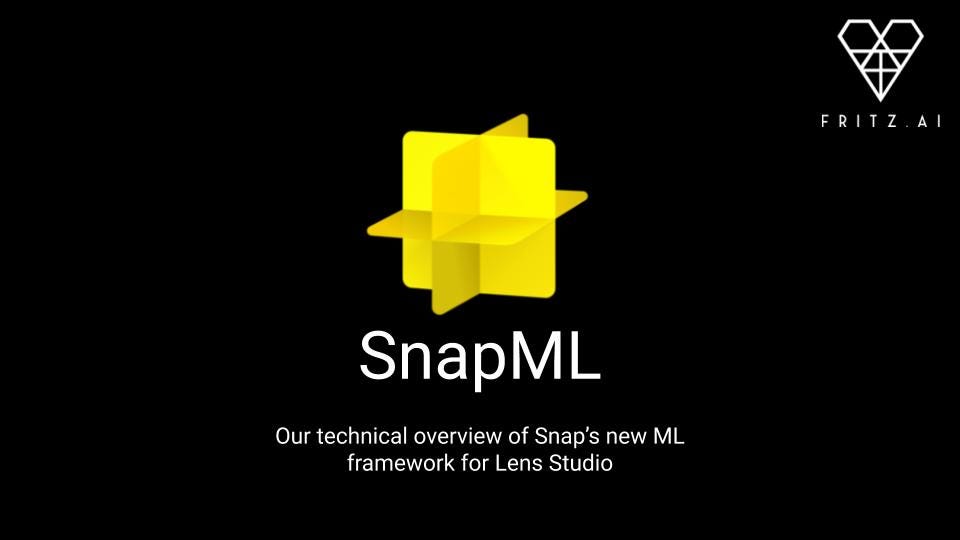Machine learning (ML) is arguably the most sought after skill in the fields of data and computer science. ML related projects and problems can be done using any programming language.
Developers have been led to believe that, to build and train an ML model, they are restricted to using a select few programming languages— Python, R and Java often top the list.








